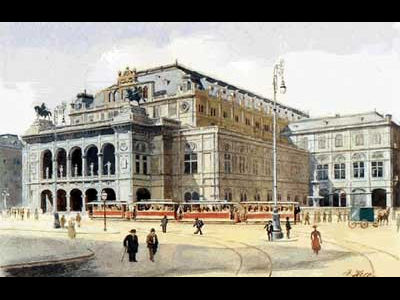What is the lifetime of a painter Jackson Pollock who created an abstract painting like scattering paint on Detallame and was reputed as "the apex of contemporary art"?

Many people have seen paintings scattered throughout the canvas and paintings that do not understand what they are painting at the first glance in art museums and textbooks. SuchAction · paintingArtists representing the 20th century America using painting expressions such asJackson PollockA movie with a focus on YouTube has been released.
The Case for Jackson Pollock | The Art Assignment | PBS Digital Studios
It was in 1947 that Pollock started making paintings that spread paint on the canvas. Some people felt "crazy", but people influential said that they are "genius."
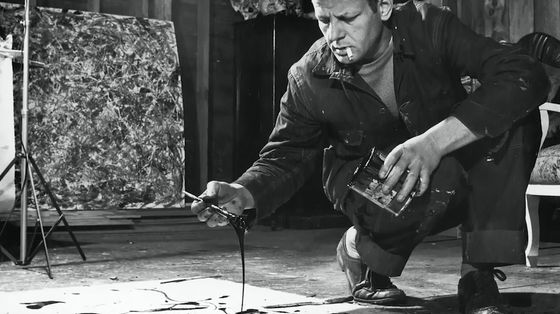
Currently, Pollock's paintings are traded at high prices in excess of $ 50 million (about 5.5 billion yen).

Pollock was born in Wyoming State, USA in 1912.
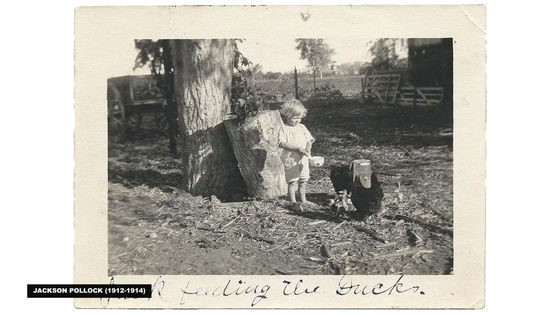
I attended high school in Los Angeles and in 1930 I started my life in New York as my artist with my older brother Charles.
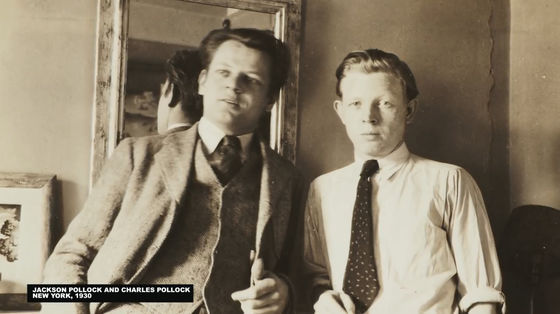
Pollocks areArt · Students League of New YorkI entered,Thomas Heart BentonYou will learn painting under.
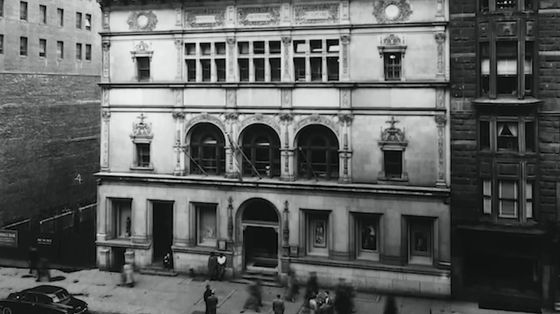
Benton is EuropeanCubismYaSynchromismIt was a painter influenced by ... ...
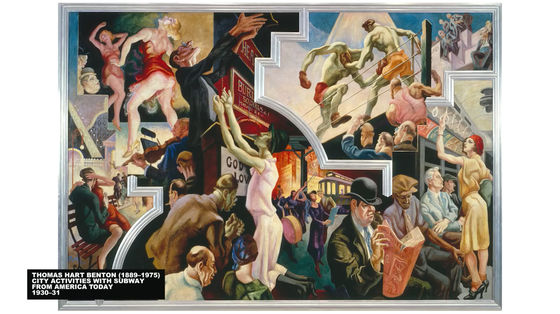
It seems that Pollock did not like it as "fake".
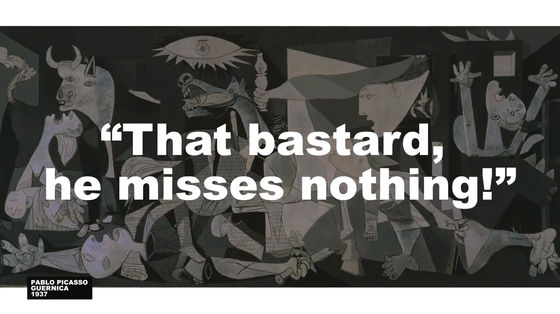
Instead Pollock is a Mexican painterJose · Clemente · OroszkoYaDavid Alfaro SikeirosIt seems that I was watching a painting at an art museum.

Pollock will participate in the workshop that Silceiros opened in 1936.
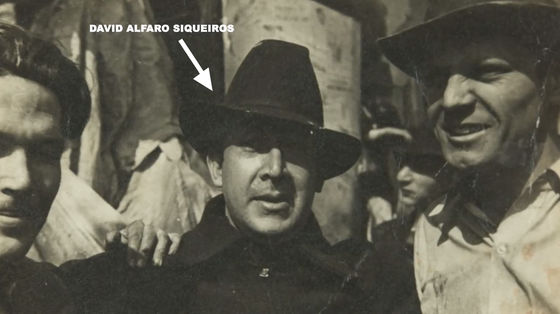
So Pollock touched a novel painting technique like spraying a new paint such as a lacquer in the past with an airbrush or throwing it on a target paint. In this painting technique you can not overlay paint as you think, so it is necessary to control the accidental action.

Pollock is influenced by these techniques and finishes some pieces.
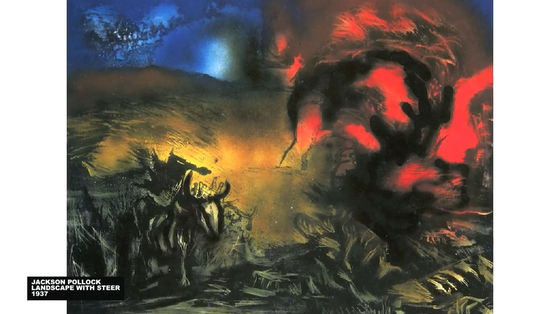
In boyhood, Pollock who was interested in Native American art, in 1941Museum of Modern Art, New YorkWe often visited the native American art exhibition held in. thereNavajo tribeI see the scene where art is made.

The Navajo paintings were to drop colored sand on the ground.
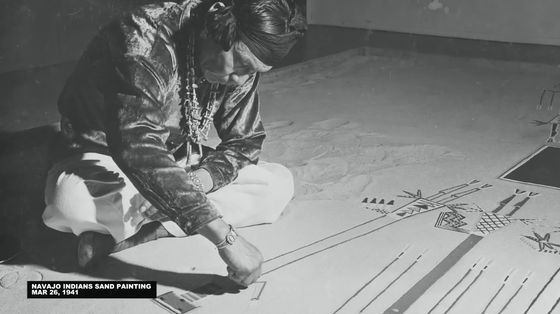
In the early 1940's, Pollock had images of myths andJungian psychologyI was making a painting based on.

Pollock was unconsciously attracted to expose to paintings. At the same time, he was also very interested in how to reflect unconscious psychology in paintings.
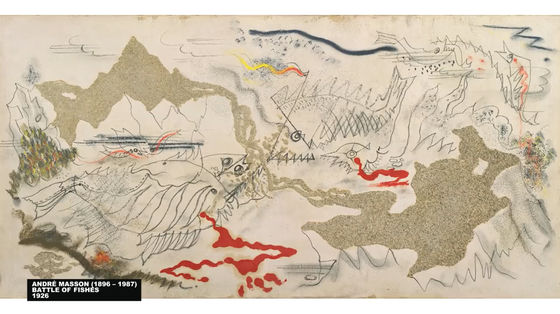
The technique of dripping paint on Pollock's canvas is not the only place where only Pollock has reached. In 1944, an American painterAsyl GorkyAnnounced the painting by dripping, at the same timeHans HoffmanI have also published similar paintings.
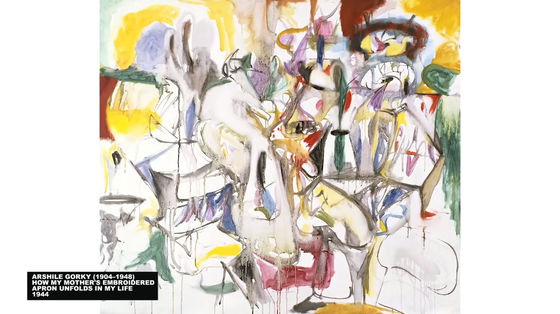
Pollock was born in 1942,Peggy · Goodutheim GalleryPaintings were exhibited in the "Art of the Century" exhibition held in Tokyo,Piet Mondrian"It is the most interesting painting I have ever seen since I came to America."
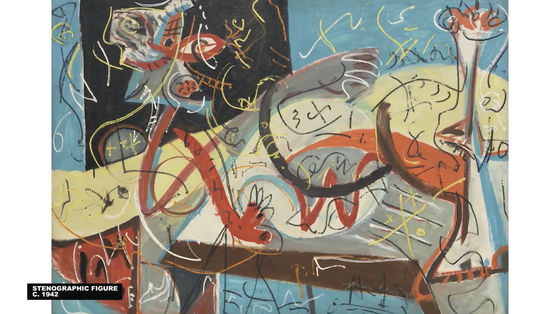
The first solo exhibition of Pollock attracted a lot of attention, and the paintings depicting old things, tribes, primitive forces, etc. caught the eye.
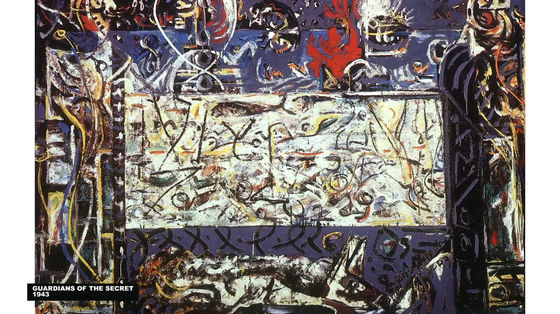
CuratorJames SweeneyCompared Pollock's talent to a volcano, and said, "It is as predictable as fire, no discipline, it is a person who can draw an inner impulse."
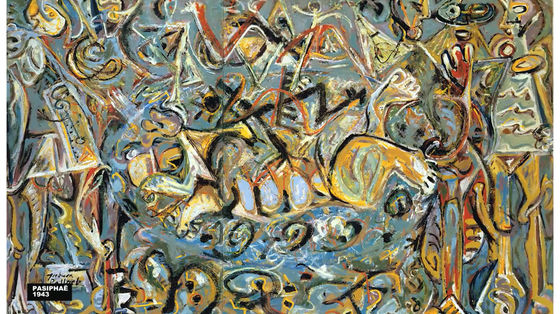
Of art collectorSolomon · R · GuggenheimEyes are also drawn to Pollock's talent, drawing a huge mural painting. Pollock, which was praised from many directions, will strengthen its position as an artist representing the United States.
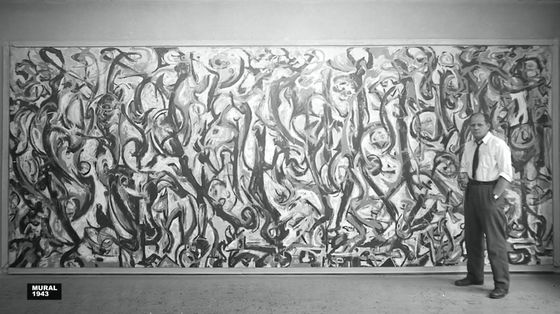
In 1942, Pollock was the painter'sLee KlassnerI married in 1945. We have two studio in Long Island.

PollockTotemicalContinue to make paintings influenced by myths, but the paint overlay is very thick and it changes to such an extent that you do not know the original picture drawn at the bottom.
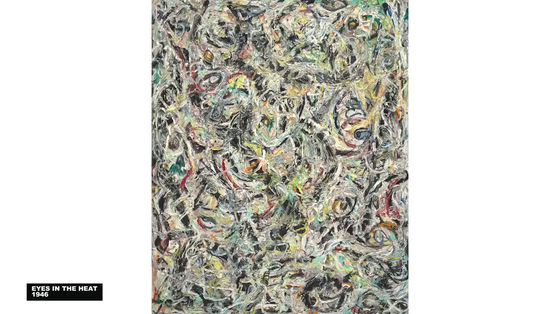
Various kinds such as oil paint, enamel paint, paint for aluminum radiator are used as paint in Pollock painting, paint is dropped on canvas using stick and palette knife, sometimes sand, nails, strings are embedded in paintings There seems to be sometimes.
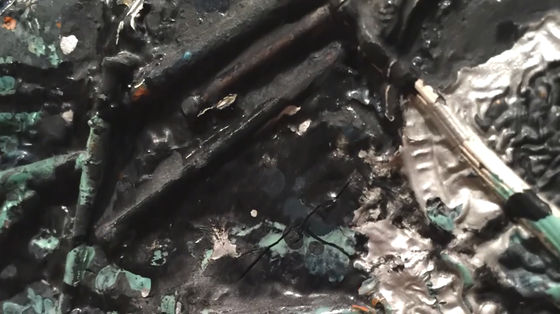
As the story such as myths gradually disappears from paintings, Pollock will now assign numbers such as "Number 7" and "Number 11" to the title of the painting.
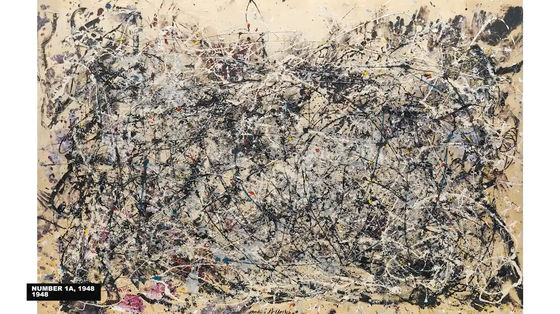
However, Pollock did not just stir up paint on the canvas, but controlled the scattering condition, the order of overlapping, the arrangement of colors and the flow of paint with very delicate work.

Pollock was consciously aware of what kind of movement splashes the paint and what kind of effect the paint used creates on the canvas.

Pollock ceased to draw a picture to a certain extent, and he seems to carefully thinking how to paint the paint in the future or whether it is complete with this.
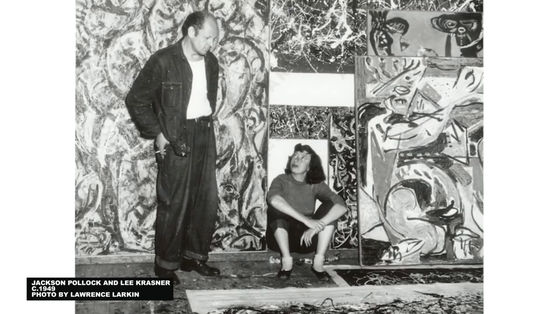
Pollock's painting also received many criticisms. From TIME MAGAZINE "Child drawnBattle of GettysburgIt seems like a map of "It is critically acclaimed and NEW WORLD TELEGRAM truncated it as" hair of the badger ". From those days back to the present, there are not many people who can not find utility value in the paintings of Pollock at all.

However, art criticClement Greenberg"Pollock is the top of contemporary art." People who have strong influence on some contemporary art admired Pollock.
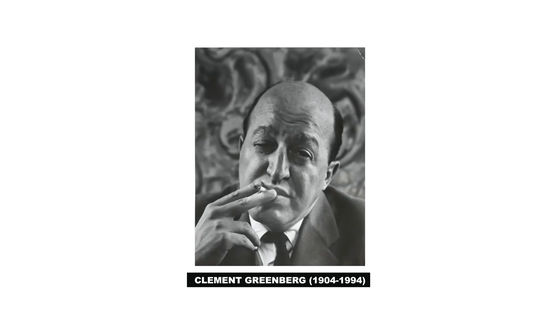
The paintings of Pollock gradually become bigger and will be drawn on the canvas of the entire floor or wall.

Film directorHans · NamasHas produced a documentary covering Pollock and leaves images of painting production outdoors and paintings looking down from the bottom of Pollock which makes paintings on canvas.
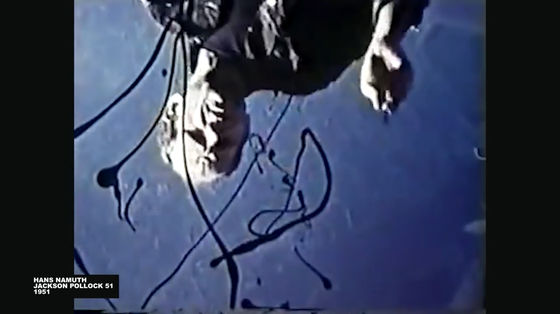
It is the art critic who made the word "action painting" which expresses the painting production method of PollockHarold Rosenbergis. Artists of those days aimed to express abstract feelings on the canvas and were inventing various methods.
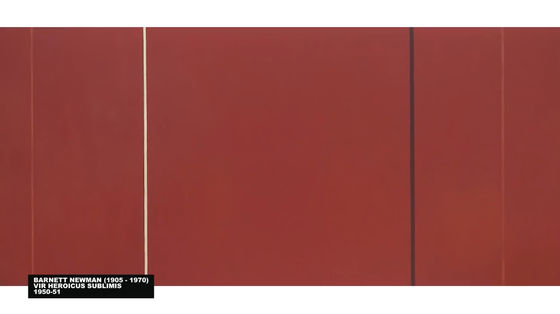
After World War II, the thought of being unable to fully express the emotions that spring up in still life paintings and the like had spread.
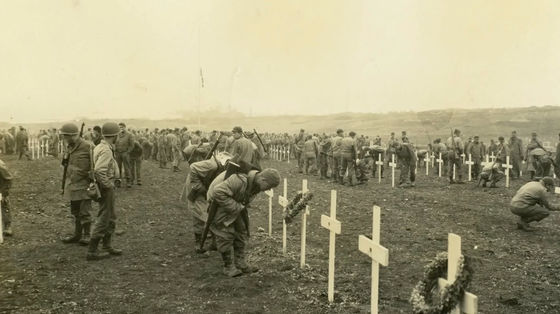
It seems that Pollock gradually returned to a representational expression, and in the work of 1950's you can see that it is swaying between abstract expression and concrete expression.
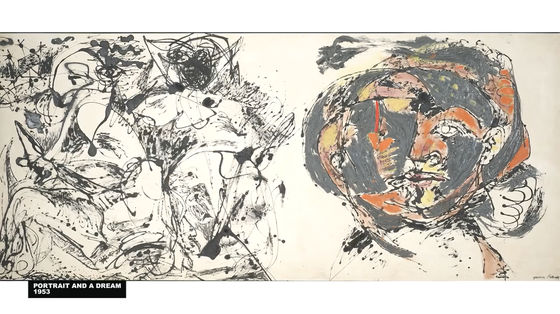
However, Pollock of later years only sporadically left paintings and could not act vigorously. In 1956, Pollock, who had repeated visits due to alcoholism and psychosis suffered throughout his life, died at the age of 44 with a car accident with his lover and his friend.

Pollock's paintings continue to be loved after death and are said to have opened up a new art that is not Europe's follow-up in America after the Second World War. There is also a voice that Pollock is a symbol of fear and freedom held by America.

Just as Pollock opposes Benton, many artists oppose Pollock, but it is certain that Pollock has become one icon in American history.

In the days before Pollock, there was no room for the general public to know what the painters are doing in the atelier. We were only evaluating the completed work.
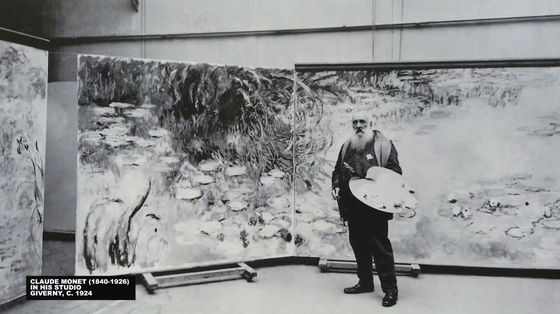
However, as Pollock has made its creative landscape widely open to the world, it is important to know how the completed picture was drawn, how to traverse the canvas and drop the paint I can do it.
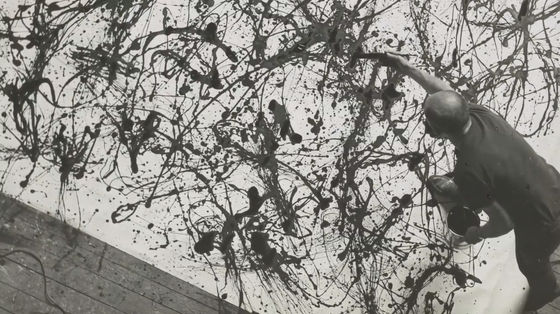
Pollock says that his paintings are "recorded energy and movement visibly, confined in space".
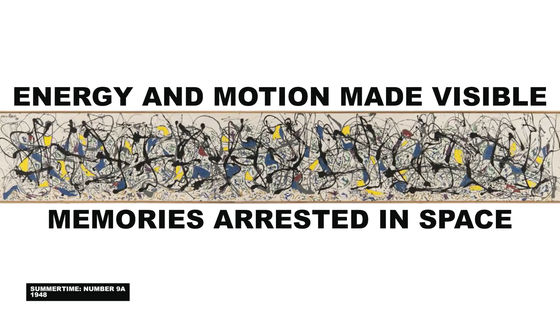
When we see Pollock's paintings, of course we do not have pollocks by themselves, but we can not help imagining how Pollock moved about on the canvas.
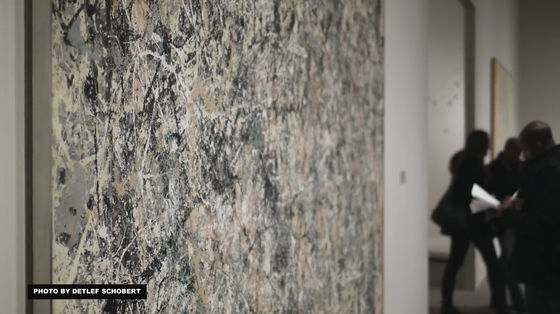
What you feel from Pollock's paintings is totally different for each person, and some people may imagine the starry sky, the universe, the sea, or infinite repeats. It is important to appreciate the paintings of Pollock without prejudice and what remains afterwards in him.
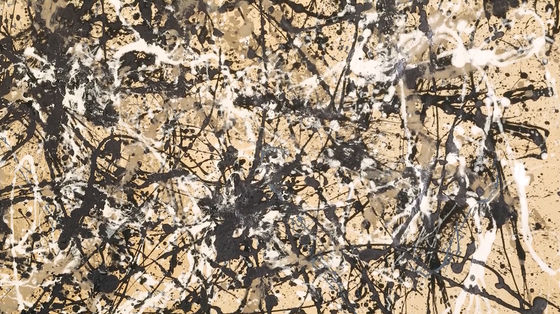
Related Posts:







